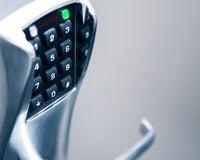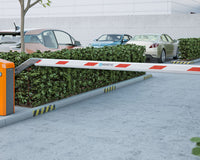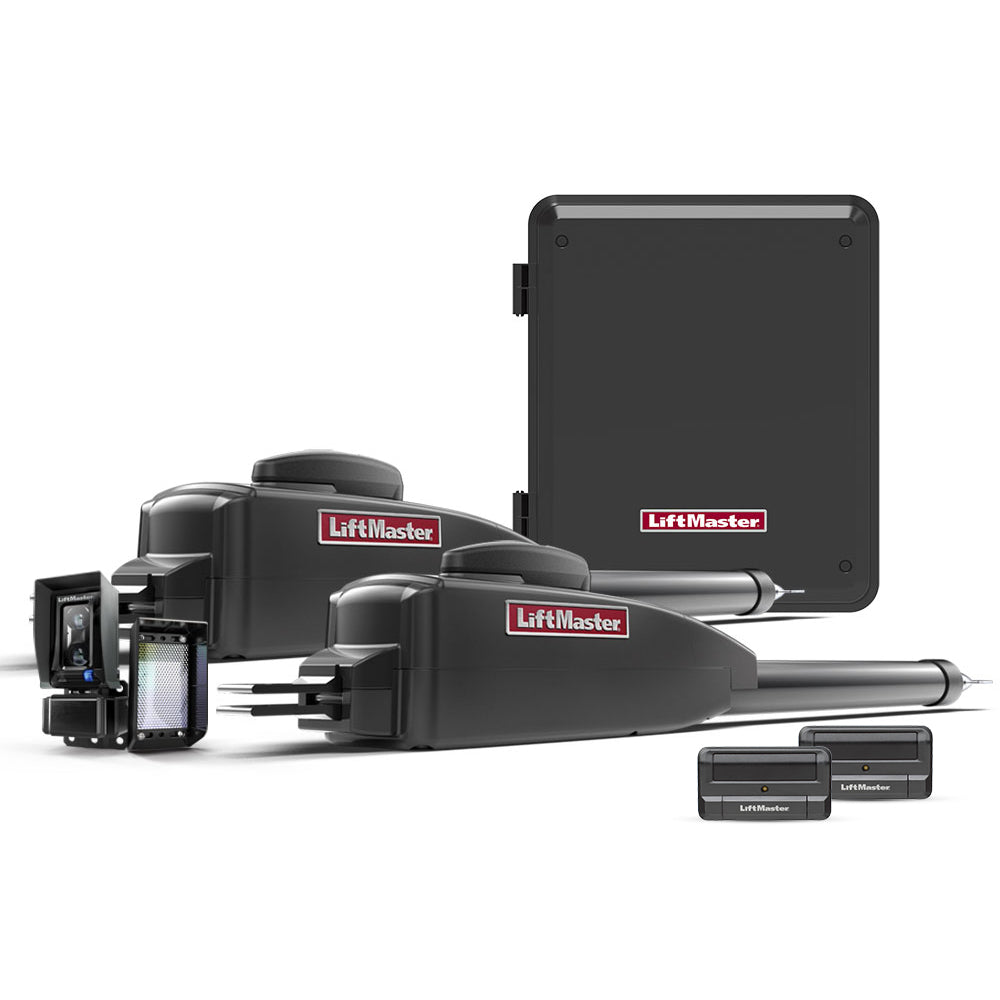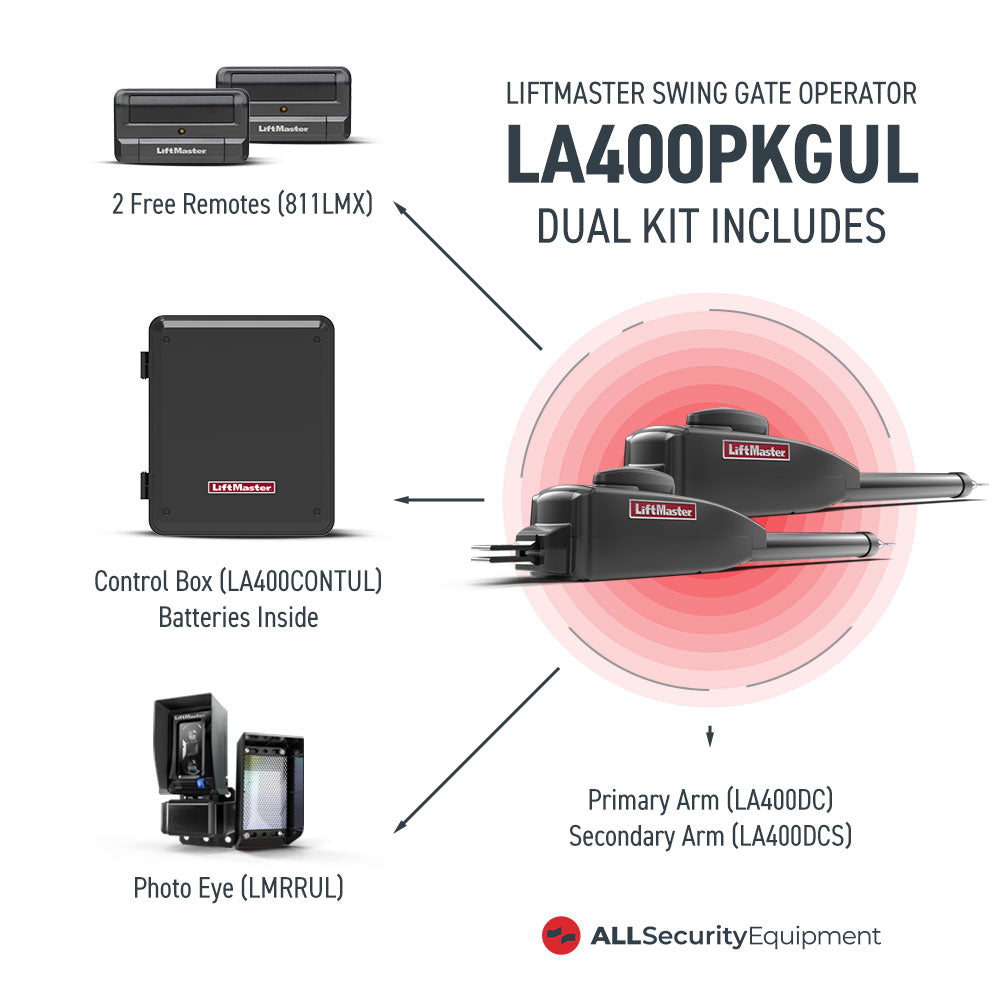An automated external defibrillator (AED) is a lifesaving device that workplaces and homes should consider having on hand. It is a medical device that can re-establish a heart rate and rhythm. Even if you are not a medical professional, learning the steps for operating an AED is an important skill for basic life support and safety.
First aid kits and medical supplies are essential. Make sure to grab a complete list of first aid supplies at All Security Equipment, including an AED and learn the steps for operating one.
What Is an AED?
An AED is a portable device that delivers an electric shock to the heart when it detects an abnormal rhythm. A defibrillator is used when attempting first aid and the resuscitation of a person having a sudden cardiac arrest (SCA). SCA is a prevalent condition that can happen to anyone at any time.
It has claimed many lives in the United States, according to the American Heart Association. Performing cardiopulmonary resuscitation (CPR) and using an AED can make a difference in saving lives while waiting for emergency responders to arrive.
An automated defibrillator is easy to use. It has lights and uses automated voice prompts and texts to tell the rescuer the steps they need to take.
An AED works by analyzing and recognizing ventricular fibrillation, ventricular tachycardia, and abnormal heart rhythms. It then delivers an electric shock at the right time to restart the beating.
They are very precise and accurate in detecting a shockable rhythm. The device will give a voice prompt when (or when not to) deliver an electric shock until it detects normal heart rhythm.
Who Can Use an AED?
An AED seems like a sophisticated machine, but it is designed for anyone to use. You don’t need to be a trained medical professional to operate one.
A cardiac arrest is sudden and fatal if not treated within minutes, as it can shut down vital organs. Bystander response can greatly increase the patient's chances of survival.
However, while anyone can use an AED, it is still recommended to undergo basic AED training in combination with CPR training or basic first aid training. AED management is easier and more precise if you are confident in delivering help.
There are no federal laws or OSHA standards that require having an AED in the workplace. Some states in the US may have enacted laws and regulations, but it depends mainly on the work requirements.
Steps for AED Operation
The AED has two sets of pads, one for adult use and one for a child. Adult pads in external defibrillators are used for anyone 8 years or older.
In this post, we will detail the steps for AED in children and adults.
If you see someone collapse from a suspected heart attack, the first thing to do is CHECK the scene, CALL 911 for help, and START CPR before analyzing with the AED.
Adults
These AED steps are used for a non-breathing adult or child aged 8 or older who weighs more than 55 pounds.
- Turn on the AED by pressing the green button and follow the AED prompts for instructions on how to use it.
- Remove any clothing covering the person’s chest and wipe the skin dry.
- Peel away the backing from the AED pads and place one pad on the upper right side of the chest.
- Place the other pad on the lower left side of the chest, a few inches below the armpit. You will find an image demonstrating this on the AED pads.
- Connect the pad connector to the AED. While doing so, stop CPR and don’t touch the patient while the pads are connected.
- The AED will analyze the heart rhythm. If a shock is needed, the machine’s automated voice will tell you to press the “Shock” button, or the AED message will prompt “Shock.”
- Press the Shock button until a shock is delivered. While administering the shock, yell “Clear” for anyone touching the patient to move and clear away. Fully automatic external defibrillators like Zoll deliver the shock on their own, so you may not even need to push a button.
- If a shock is not needed, the automated voice will tell you to continue CPR.
- The device will tell you whether to continue CPR or not. If prompted, continue starting with chest compressions for about two minutes or until the device tells you to stop so it can analyze the heart again.
- Continue with the steps and AED usage until medical help arrives at the scene.
Child
Children under 8 years old require different energy outputs. Adults need 150 Joules, while children can only handle 50 Joules.
Pediatric pads are used to administer smaller doses of therapy to children. It is essential to stock pediatric pads, so you have one ready when the need arises.
Some AEDs have a switch key to convert the defibrillator to a Child Mode.
If your device does not have a Child Mode or child pads are not available, you can use the adult pads. However, given the relatively small chest area, the pads should be placed on the front and back of the child. Please note that AED pads are electrode pads. You cannot just cut them to fit a child’s chest.
The steps for AED in children are then similar to adults:
- Turn on the device and follow the instructions.
- Remove all clothing and ensure that the skin is dry.
- Apply the pediatric pads. One should go onto the center of the bare chest and the other on the center of the back.
- Plug the connector in and allow the AED to analyze the child’s heart rhythm.
- Deliver a shock if necessary, ensuring no one is touching the patient.
- Perform CPR and re-analyze, following the automated voice instructions until the rescuer arrives.
Care and Maintenance of AED
Automated external defibrillators are crucial equipment in increasing the revival rate of persons suffering from heart attacks.
- Ensure the equipment is always ready and reliable by doing regular checking and maintenance even if it is unused.
- Visually inspect the device for any damage, dirt, or contamination.
- The electrode pad must be sealed and unexpired. Inside the kit, keep at least two sets of adult pads and one set of pediatric pads.
- Test the batteries and keep them charged at all times.
- Keep a complete checklist of supplies needed for the AED kit, such as alcohol swabs, gloves, scissors, a towel or cloth, and a razor for removing a patient’s chest hairs when needed.
An AED is one of the least considered equipment in the first aid kit but is also the most critical lifesaving device. Make sure to keep one at home or in the workplace to be ready for anything.
Get it from All Security Equipment, with our trusted AED brands, Zoll and Defibtech, for a prompt response to a cardiac emergency. Contact us for more information.












